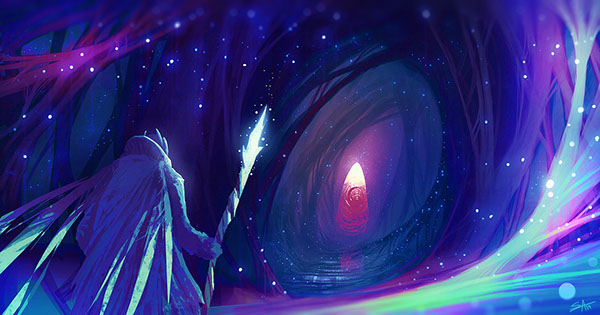Beetle Milk Mead
A beverage favored in the west of Gnydrion, beetle milk mead is made from the fermentation of a sugary liquid ("the milk") produced by a species of beetle native to the titanic trees of the coastal forests. These colonials insects have members of their community who function as living casks for their hive. They gorge themselves on food and store the liquid they produce in their abdomens so they distend to an incredible degree, having the appearance when full of plump fruit with a diameter as wide as the length of the first digit of a man's thumb. The milk is harvested from the engorged beetles and fermented. The resulting liquid is sometimes added to beer to sweeten it but can also be mixed with the local liquor to render that more enjoyable, as well.
The beetles are farmed by placing thick slices of the bark of their favored trees into beetlehouses. This practiced has allowed the production and enjoyment of beetle milk mead to spread to places where the trees do not grow.
Quaklu
Quaklus are the ubiquitous saddle birds of the Northwest region. It is assumed by most learned folk of the modern age, that the birds are a result of the puissant science of the ancients, though the pedants of the hwaopt have alleged that the quaklus are a distinct lineage from the creatures of humankin's homeworld and so must have been taken from some other world in the past.
Whatever their origins some quaklu, considered atavistic in the modern parlance, are more than just cunning animals and are capable of speech. The accidental acquisition of such a gifted fowl is considered an unlucky turn due to their willingness to make their thoughts and wishes known--and unwelcome trait in a riding beast.









































